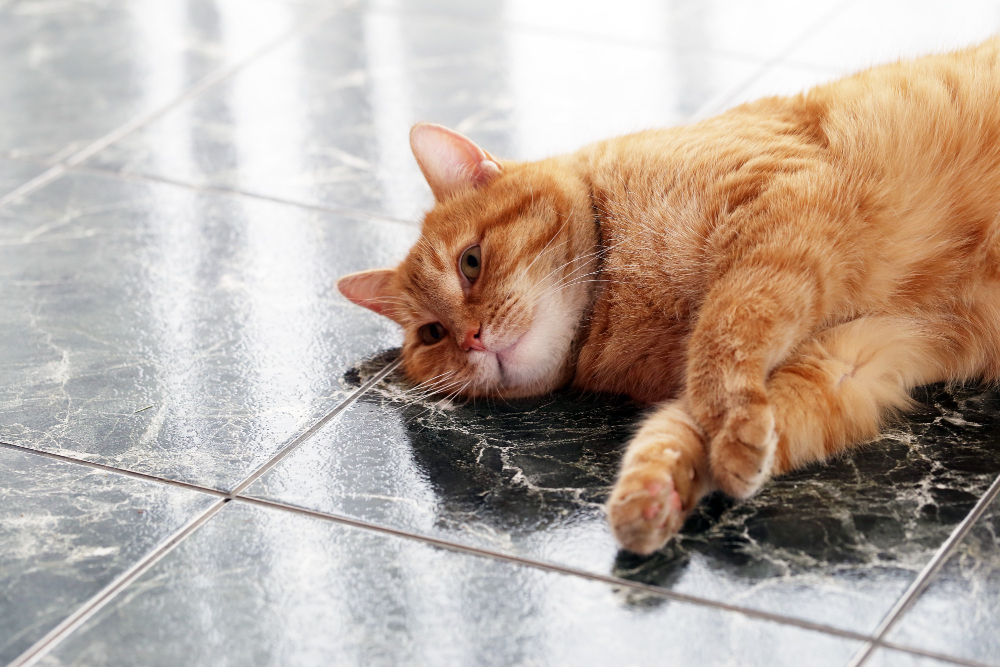My Indoor Cat Has Fleas What Do I Do

You may be scratching your head in disbelief if you discover that your indoor cat has fleas. After all, how could a cat that never ventures outside become infested with these pesky parasites? The truth is, fleas are resourceful creatures that can hitch a ride into your home on clothing, shoes, or other pets. They can also enter through cracks in doors or windows, making their way into your cozy abode without invitation. Once inside, fleas can quickly multiply and wreak havoc on your feline friend, causing discomfort and irritation.
Signs of Flea Infestation in Indoor Cats
If you suspect that your indoor cat has fleas, there are several telltale signs to watch out for. Excessive scratching, biting, or grooming, especially around the neck, back, and tail, may indicate the presence of fleas. You may also notice tiny black specks, known as flea dirt, on your cat’s fur or bedding. Flea dirt is actually flea feces, which contains digested blood and appears as small, dark grains resembling pepper flakes. Additionally, you may observe red, irritated skin or small red bumps on your cat’s body, signaling an allergic reaction to flea bites.
Steps to Combat Fleas in Indoor Cats
The moment you suspect your indoor cat has fleas, it’s essential to take swift action to address the problem and prevent it from escalating. Begin by thoroughly inspecting your cat’s fur for fleas or flea dirt, paying close attention to areas where fleas are likely to hide, such as the base of the tail and behind the ears. Use a fine-toothed flea comb to comb through your cat’s fur, trapping any fleas or flea dirt in the comb’s teeth. Dunk the comb in a bowl of soapy water to drown the fleas and prevent them from escaping.
Cleaning and Treatment
In addition to treating your cat for fleas, it’s crucial to tackle the infestation at its source by implementing a comprehensive cleaning regimen in your home. Wash your cat’s bedding, toys, and any other fabric items in hot water to kill flea eggs, larvae, and adults. Vacuum your home thoroughly, paying special attention to carpets, rugs, and upholstered furniture where fleas and their eggs may lurk. Dispose of the vacuum bag or empty the canister immediately to prevent fleas from re-infesting your home.
Treatment Options and Advice
If your efforts to combat fleas at home prove unsuccessful, or if your cat is experiencing severe discomfort or allergic reactions, it’s essential to seek veterinary care promptly. Your veterinarian can prescribe safe and effective flea treatments, such as topical spot-on medications, oral medications, or flea collars, tailored to your cat’s specific needs and health status. Additionally, your veterinarian can offer valuable advice on flea prevention strategies and recommend products to keep your home and pets flea-free in the future.
Tips for Flea Prevention
Once you’ve successfully eradicated fleas from your indoor cat and home, it’s essential to take proactive measures to prevent future infestations. Keep your cat’s environment clean and clutter-free, vacuuming regularly and washing bedding and fabric items frequently. Consider using flea prevention products year-round, even for indoor cats, as fleas can still find their way into your home through various means. Consult with your veterinarian to determine the best flea prevention plan for your cat and household, taking into account factors such as your cat’s age, health status, and lifestyle.
Restoring Peace and Comfort
Dealing with a flea infestation in your indoor cat can be a stressful and frustrating experience, but with patience, persistence, and the right approach, you can restore peace and comfort to your home. By identifying the problem, taking immediate action, and seeking veterinary care when needed, you can effectively combat fleas and prevent future infestations, allowing your cat to enjoy a happy, healthy life free from unwanted guests. With a little TLC and vigilance, you and your furry friend can conquer fleas and reclaim your home sweet home.


